2010-11-19 13:30
Hapag-Lloyd back on secure heading in 2010
In the first three quarters of 2010 the global economy and world trade recovered more quickly than expected from the severe global crisis. The driving economic forces behind this development were China and a number of emerging markets. Hapag-Lloyd also benefited from the recovery in container shipping that occurred as a direct result.
In the third quarter of 2010 revenue for lbert Ballin Holding rose by 68.5% to EUR 1,781.2 million. In the first nine months of 2010, the Group generated aggregate revenue of EUR 4,669.7 million. Operating earnings (EBIT) improved in the third quarter of 2010 by EUR 448.1 million to EUR 263.6 million (from EUR -184.5 million in the same quarter a year ago). Altogether, the Group achieved an EBIT of EUR 506.0 million in the first three quarters of 2010.
after sustaining heavy losses last year, the first nine months of this year have seen the best result in the history of our Company. This development stems from freight rates well above last year, greater transport volumes and significant cost savings, emphasized Michael Behrendt, Chairman of the Executive Board of Hapag-Lloyd AG. however, it is in particular also thanks to the joint effort made by all of the Group staff over the past 24 months.
As a result of the first-time consolidation of Hapag-Lloyd as of March 31, 2009, its operating activity is included in the previous year interim financial statements for the period from April 1 to September 30, 2009. Comparison with the cumulative profit and loss statement is therefore possible only to a limited extent.
On a cumulative basis for the first three quarters of 2010, Hapag-Lloyd transported a total of 3.7 million TEU, an increase of 235,000 TEU on the first three quarters of last year. The majority of the shipping areas contributed to this growth in transport volumes.
In the first nine months of 2010 the average freight rate went up to 1,547 USD/TEU, which was 326 USD/TEU higher (+26.7%) than in the corresponding period of the previous year. This performance was primarily due to increases in freight rates in the first two quarters of the year and to peak-season surcharges.<Korea Shipping Gazette>
In the third quarter of 2010 revenue for lbert Ballin Holding rose by 68.5% to EUR 1,781.2 million. In the first nine months of 2010, the Group generated aggregate revenue of EUR 4,669.7 million. Operating earnings (EBIT) improved in the third quarter of 2010 by EUR 448.1 million to EUR 263.6 million (from EUR -184.5 million in the same quarter a year ago). Altogether, the Group achieved an EBIT of EUR 506.0 million in the first three quarters of 2010.
after sustaining heavy losses last year, the first nine months of this year have seen the best result in the history of our Company. This development stems from freight rates well above last year, greater transport volumes and significant cost savings, emphasized Michael Behrendt, Chairman of the Executive Board of Hapag-Lloyd AG. however, it is in particular also thanks to the joint effort made by all of the Group staff over the past 24 months.
As a result of the first-time consolidation of Hapag-Lloyd as of March 31, 2009, its operating activity is included in the previous year interim financial statements for the period from April 1 to September 30, 2009. Comparison with the cumulative profit and loss statement is therefore possible only to a limited extent.
On a cumulative basis for the first three quarters of 2010, Hapag-Lloyd transported a total of 3.7 million TEU, an increase of 235,000 TEU on the first three quarters of last year. The majority of the shipping areas contributed to this growth in transport volumes.
In the first nine months of 2010 the average freight rate went up to 1,547 USD/TEU, which was 326 USD/TEU higher (+26.7%) than in the corresponding period of the previous year. This performance was primarily due to increases in freight rates in the first two quarters of the year and to peak-season surcharges.<Korea Shipping Gazette>





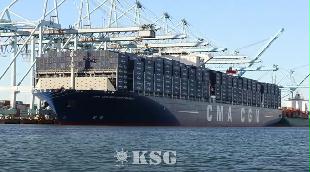





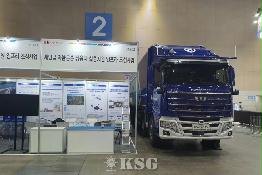
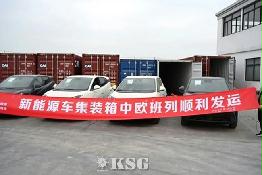
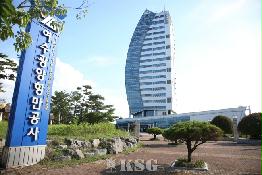
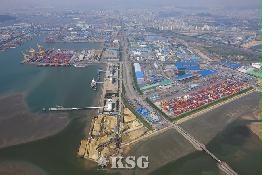
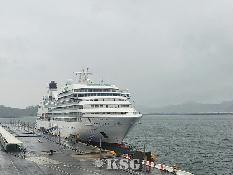

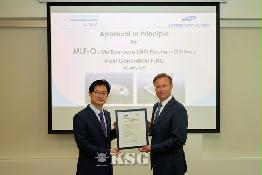


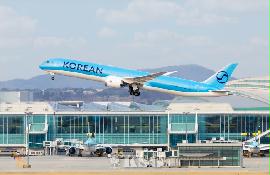
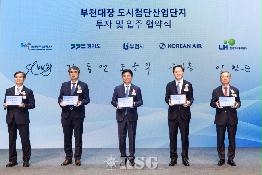
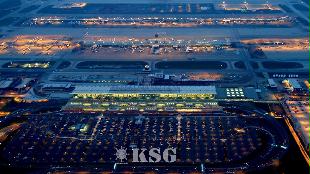
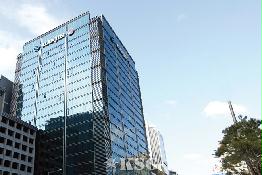
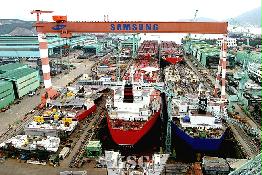
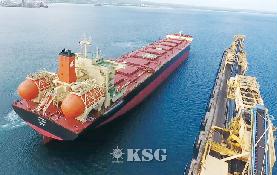
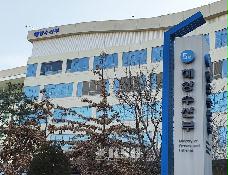
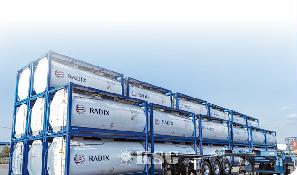


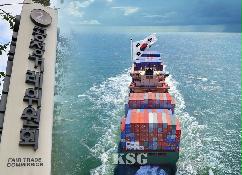
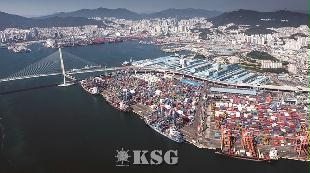
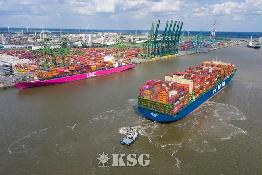
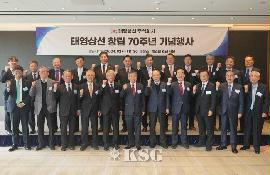
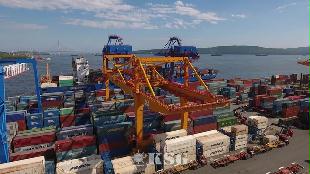






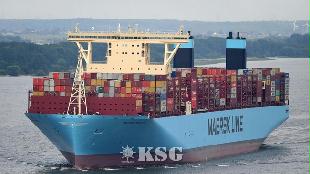

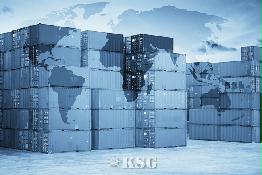
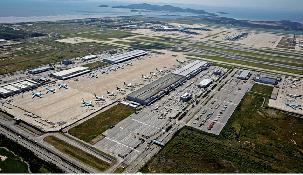

























0/250
확인